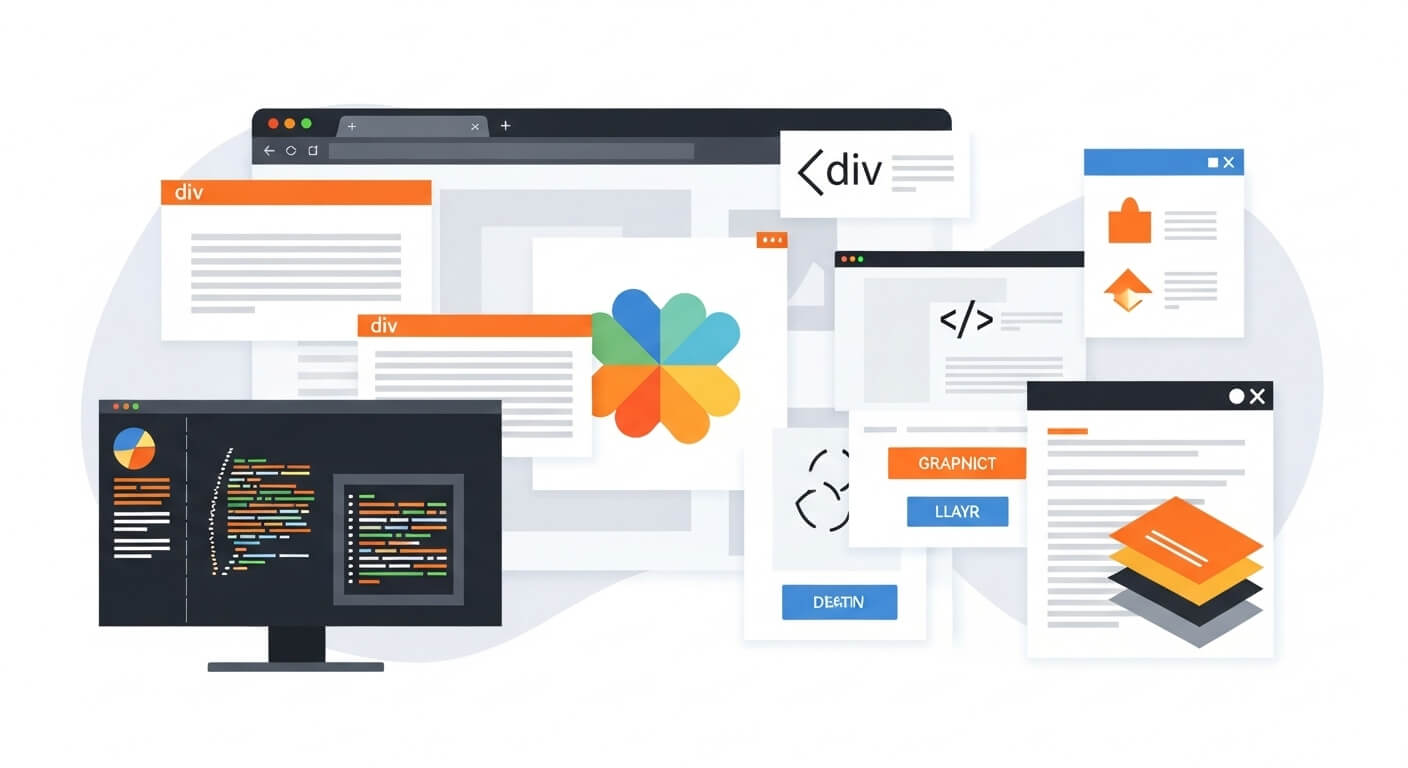If you’ve ever worked with HTML5 graphics, you’ve likely wondered what does div mean in canvas. It’s a common question, especially for those new to front-end development. While <div> and <canvas> are both HTML elements, they serve very different purposes—yet they’re often used together in dynamic web applications.
In this guide, we’ll break down the meaning and usage of <div> in relation to the HTML5 <canvas> element. You’ll also learn how and why combining the two can enhance interactivity, layout control, and functionality on modern websites.
What Does Div Mean in Canvas: Quick Definition
At the core, what does div mean in canvas refers to how the <div> tag is used alongside the <canvas> element—not inside it. The <div> is a general-purpose container, while <canvas> is a graphic rendering surface introduced in HTML5.
The div doesn’t exist inside the canvas drawing context; instead, it’s used to wrap, layer, or position the canvas or elements related to it—such as UI controls, overlays, or annotations.
Why Understanding What Does Div Mean in Canvas Is Crucial
Clear Structure and Layout
Using <div> elements around your <canvas> gives you the ability to manage layout using CSS, which isn’t natively supported by the canvas element.
Enhanced Interactivity
While <canvas> is powerful for rendering, it doesn’t support HTML elements natively. Placing a <div> over or under the canvas allows for interactive elements like buttons, sliders, or tooltips.
How the <div> Is Typically Used with Canvas
Wrapping the Canvas in a Div
<div id="canvas-wrapper">
<canvas id="myCanvas" width="500" height="500"></canvas>
</div>In the example above, the <div> called canvas-wrapper helps with styling, centering, or positioning the canvas on the page.
Overlaying HTML UI Over a Canvas
<div style="position: relative;">
<canvas id="drawArea" width="600" height="400" style="border:1px solid #000;"></canvas>
<div style="position: absolute; top: 10px; left: 10px; color: white;">Score: 10</div>
</div>This is a classic use case in gaming or animation, where HTML elements (like scoreboards or menus) are placed on top of the canvas.
Subtle But Key Differences Between Div and Canvas
| Feature | <div> | <canvas> |
|---|---|---|
| Purpose | Layout/Container | Drawing surface |
| Interactivity | Supports HTML input | Needs scripting |
| Styling | Full CSS support | Limited to inline styles |
| Content | Can hold children | Rendered via JS only |
Understanding what does div mean in canvas also means understanding what it does not do. It does not interact with the pixels inside the canvas directly.
Real-World Applications
Online Drawing Tools
Applications like Sketchpad use multiple layers of <div> and <canvas> to manage both UI and user drawing inputs.
Game Development
In games built using HTML5 canvas (e.g., Phaser.js), <div>s are often used for preloading screens, score displays, or pause menus.
SEO and Accessibility Considerations
If you’re wondering, what does div mean in canvas from an SEO standpoint—the canvas content is not inherently accessible or indexable. Wrapping or layering canvas content with descriptive <div> tags can improve accessibility and semantic structure, especially when using ARIA roles or alt text alternatives.
Tips for Using Div with Canvas Effectively
- Use relative positioning on the parent
<div>for easier layering. - Avoid nesting
<div>inside canvas; use them around or over it. - Add accessibility features to the
<div>that describes canvas content. - Keep
<canvas>focused on graphics, and offload UI to<div>elements.
Conclusion: Why You Should Know What Does Div Mean in Canvas
Understanding what does div mean in canvas isn’t just a matter of terminology—it’s about mastering how layout, UI, and drawing contexts work together in modern web apps. Whether you’re building games, graphic tools, or data visualizations, mastering the role of the <div> in conjunction with the <canvas> will elevate both performance and user experience.


Leave a Reply